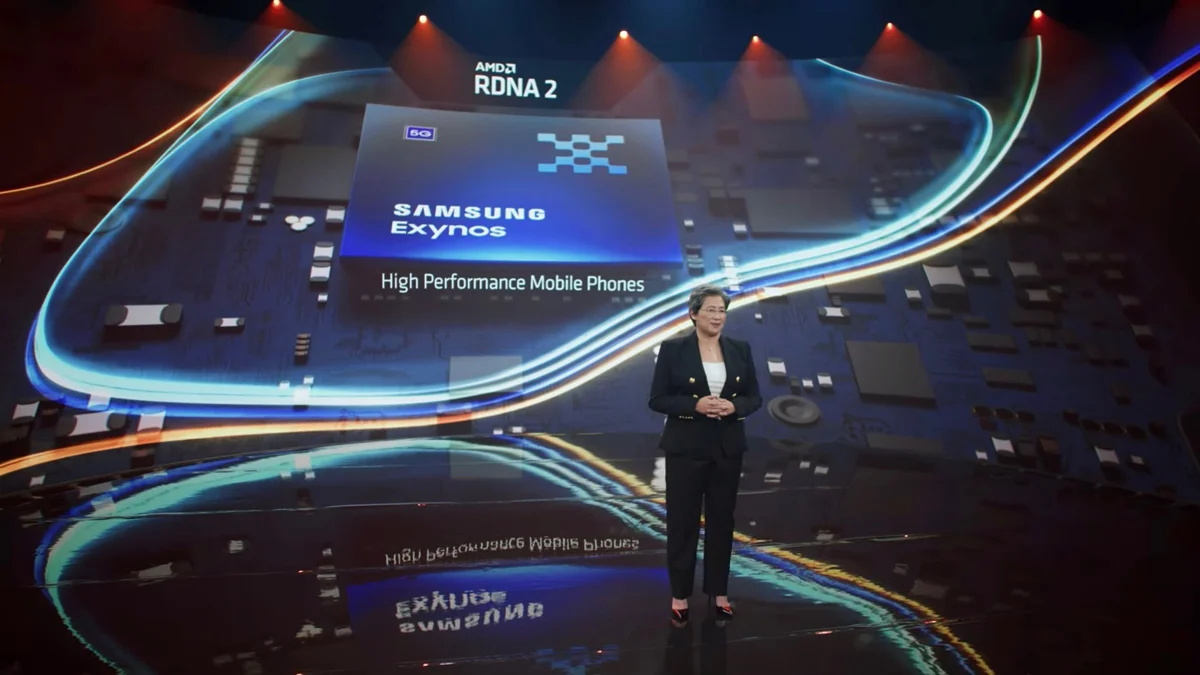“Together with AMD, Samsung has been revolutionizing mobile graphics, including our recent collaboration that brought ray tracing capability to mobile processors for the first time in the industry,” said Seogjun Lee, Executive Vice President of Application Processor (AP) Development at Samsung Electronics. “Drawing on our technological know-how in designing ultra-low-power solutions, we will continue to drive ongoing innovation in the mobile graphics space.” For the uninitiated, Samsung and AMD first entered into a partnership back in 2019, when the Korean tech giant announced that it planned on leveraging the red CPU and GPU maker’s Radeon graphics technology, and more specifically, its RDNA architecture. Fast forward to 2022, the Korean conglomerate launched the Exynos 2200, the first chipset that came with dedicated GPU cores based on the RDNA2 architecture. Sadly, The Exynos 2200 as a whole was not well received, for reasons that are too numerous to list in this news article alone. The condensed version of the story is that Samsung had some yield issues with its own 5nm die lithography, and for the chips that did work, they were alarmingly underperforming against TSMC’s own process nodes of the same class. It was so bad that the Korean brand just decided to use Qualcomm’s 4nm Snapdragon 8 Gen1 For its S22 series. For its S23 Series, it didn’t even bother shipping out an Exynos variant of either SKU.
So far, there’s still no word as to when Samsung and AMD’s renewed labour will bear fruit, a source we had spoken to earlier in the year did also confirm that Samsung wasn’t giving up on the development of its own homemade SoC. Also, considering that Team Red’s RDNA architecture is now in its 3rd generation, it is in all likelihood that the next Exynos chipset may ship out with RDNA3 pedigree. (Source: Samsung, Anandtech)

